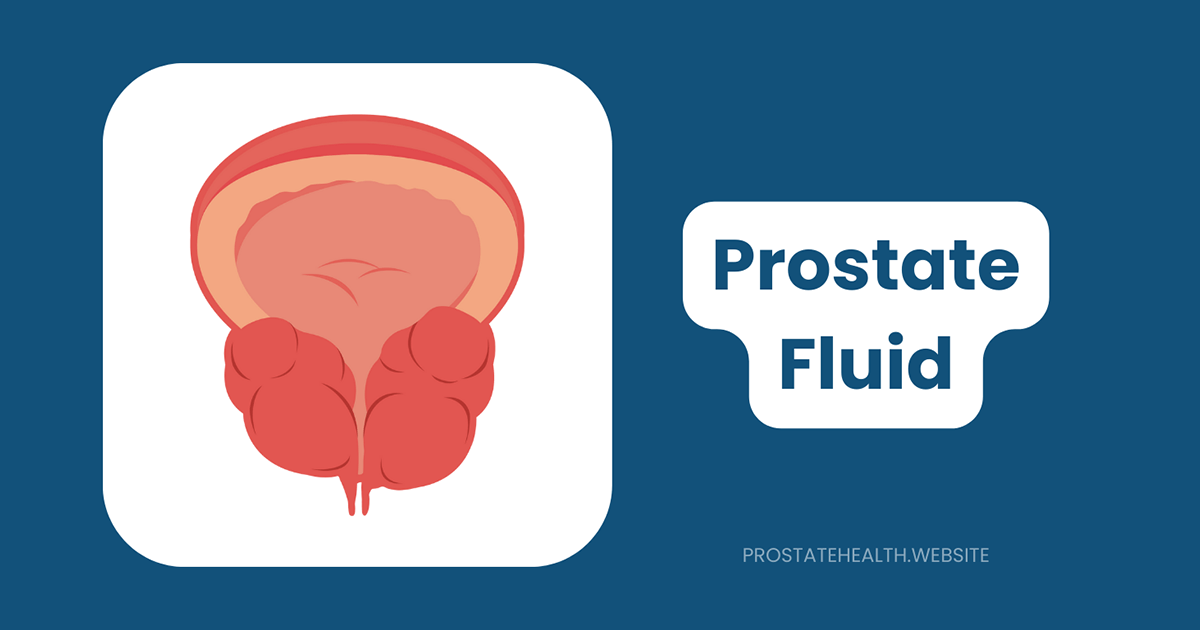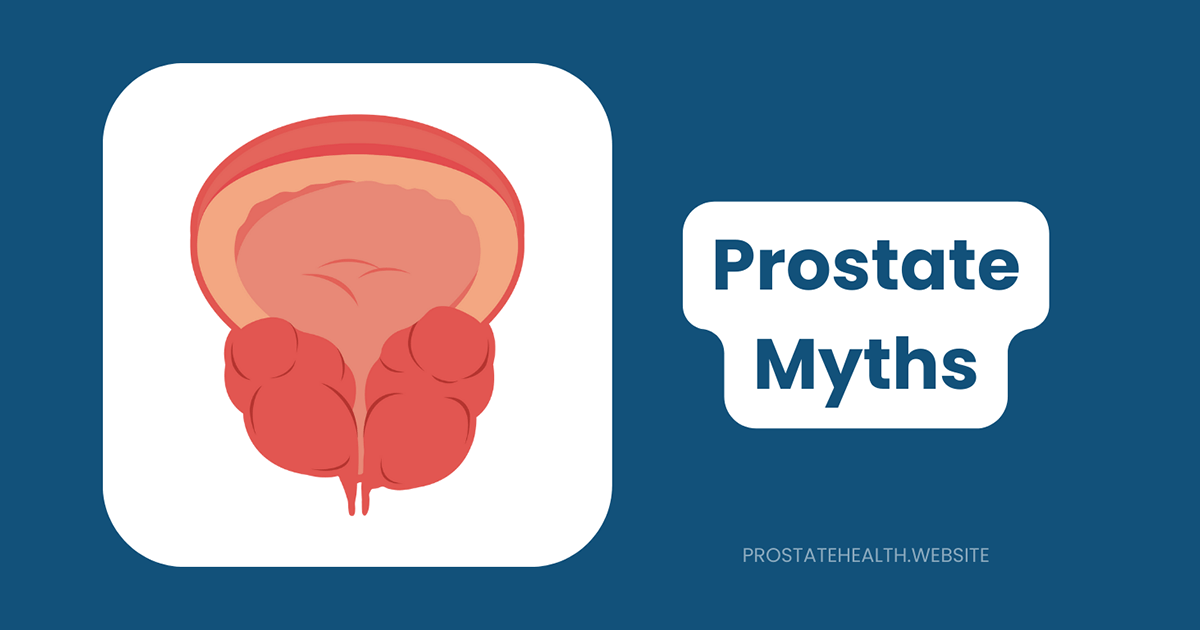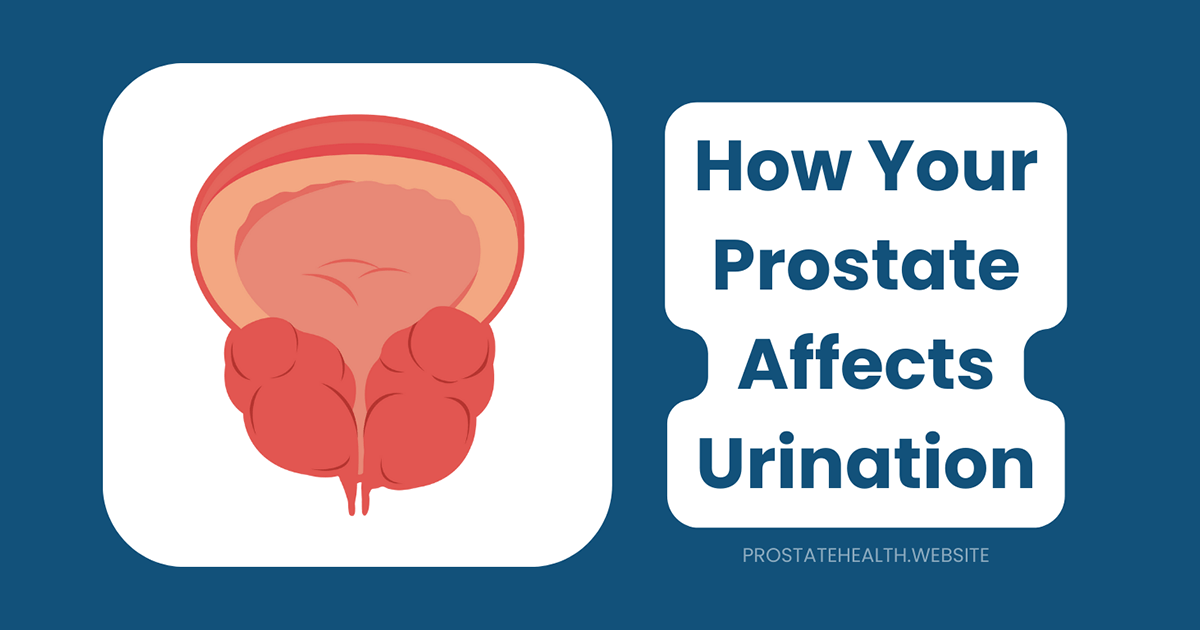Understanding Prostate Fluid: Its Composition and Purpose

When it comes to men’s reproductive health, prostate fluid is a critical yet often overlooked component. This remarkable secretion makes up a significant portion of semen and plays several vital roles in reproductive function and overall prostate health. Yet many men have little understanding of what prostate fluid actually is, what it contains, or why it matters.
In this comprehensive guide, we’ll explore the fascinating world of prostate fluid—its composition, functions, and significance for men’s health. Whether you’re simply curious about how your body works or seeking to better understand prostate-related health concerns, this article will provide valuable insights into this essential bodily fluid.
What Exactly Is Prostate Fluid?
Prostate fluid (also called prostatic fluid) is a slightly acidic, milky or whitish liquid secreted by the prostate gland. This walnut-sized gland, located just below the bladder and surrounding the urethra, produces fluid that constitutes approximately 20-30% of the total volume of semen.
Dr. James Wilson, urologist at University Medical Center, explains: “The prostate is essentially a factory designed to produce this specialized fluid. When you ejaculate, the prostate’s muscular tissue contracts rhythmically, forcing this fluid into the urethra where it mixes with sperm from the testicles and fluid from other glands to form semen.”
This process happens in a carefully orchestrated sequence during ejaculation:
- Sperm cells travel from the testicles through the vas deferens
- The prostate and seminal vesicles contract to release their fluids
- These components mix in the urethra to form semen
- The combined fluid is expelled during ejaculation
The Biochemical Composition of Prostate Fluid
Prostate fluid is a complex mixture of various compounds, each serving specific functions. Let’s examine its key components:
Enzymes
Several important enzymes are found in prostate fluid:
- Prostate-Specific Antigen (PSA): Perhaps the most well-known component, PSA is a proteolytic enzyme that helps liquefy semen after ejaculation. This liquefaction is crucial for releasing sperm cells and allowing them to swim freely. PSA works by breaking down proteins called semenogelins that cause the initial gel-like consistency of semen.
- Prostatic Acid Phosphatase (PAP): This enzyme helps in the nutrition of sperm by hydrolyzing phosphorylcholine into choline, which sperm can use as an energy source.
- Proteases: Various proteolytic enzymes that break down proteins and contribute to semen liquefaction.
- 5-alpha-reductase: This enzyme converts testosterone into dihydrotestosterone (DHT), a more potent androgen that plays a crucial role in prostate development and function.
Minerals and Ions
Prostate fluid is rich in several minerals that support sperm function:
- Zinc: The prostate contains the highest concentration of zinc in the male body, and this mineral is abundantly secreted in prostatic fluid. Zinc has antibacterial properties that help protect the urinary tract from infection and plays a role in sperm maturation and protection.
- Citric Acid: Prostate fluid contains high levels of citric acid, which serves as an energy substrate for sperm and helps maintain the slightly acidic pH of prostatic fluid.
- Calcium: Present at concentrations of approximately 2.76 mg/mL, calcium contributes to sperm motility and the process of capacitation (the physiological changes sperm must undergo to be able to penetrate and fertilize an egg).
- Sodium and Potassium: These electrolytes help maintain proper osmotic balance and support sperm function.
Proteins and Other Compounds
Beyond enzymes, prostate fluid contains various proteins and other compounds:
- Albumin: A major protein in prostatic fluid, present at concentrations of about 15.5 mg/mL.
- Prostate-Specific Membrane Antigen (PSMA): A protein found on the surface of prostate cells and in prostatic fluid.
- Spermine and Spermidine: These polyamines contribute to the characteristic odor of semen and may play roles in sperm function and protection.
- Prostaglandins: These hormone-like substances may help prepare the female reproductive tract for conception by suppressing the female immune response to sperm and promoting implantation.
- Immunoglobulins: Antibodies present in prostatic fluid that may help protect against infections.
The Essential Functions of Prostate Fluid
Prostate fluid serves several crucial functions in reproduction and urinary tract health:
1. Supporting Sperm Survival and Function
One of the primary purposes of prostate fluid is to create an optimal environment for sperm:
- pH Regulation: While prostatic fluid itself is slightly acidic (pH around 6.4), when combined with alkaline secretions from the seminal vesicles, it helps create an overall alkaline semen pH (typically 7.2-8.0). This alkalinity helps neutralize the acidic environment of the vagina (pH 3.8-4.5), protecting sperm and enhancing their survival.
- Nutrient Provision: Prostate fluid provides essential nutrients and energy sources for sperm, including citric acid, which sperm can metabolize for energy.
- Motility Enhancement: Components in prostatic fluid help activate sperm and enhance their motility, increasing the chances of successful fertilization.
Dr. Sarah Williams, reproductive endocrinologist, notes: “The composition of prostate fluid is precisely calibrated to support sperm function. Even small changes in its makeup can potentially impact fertility.”
2. Protection Against Pathogens
Prostate fluid contains several components that help protect both the male urinary tract and sperm from infection:
- Zinc: The high zinc concentration in prostatic fluid has antimicrobial properties that can kill bacteria and other pathogens.
- Antibodies: Immunoglobulins in prostate fluid provide immune protection.
- Complement Inhibitors: Prostate fluid contains factors that inhibit the complement system (part of the immune response), which may help protect sperm from immune attack in the female reproductive tract.
3. Semen Liquefaction
The consistency of semen changes shortly after ejaculation, and prostate fluid plays a key role in this process:
- Initially, semen forms a gel-like coagulum due to proteins from the seminal vesicles
- Within 5-30 minutes, PSA and other enzymes from prostate fluid break down these proteins
- This liquefaction allows sperm to swim freely and begin their journey toward the egg
4. Urinary Function
Beyond its reproductive roles, prostate fluid may also contribute to urinary health:
- The slightly acidic nature of prostatic fluid may help maintain proper urethral pH
- Regular prostate fluid production and secretion may help flush the urethra, potentially reducing the risk of urinary tract infections
Prostate Fluid and Fertility
The quality and composition of prostate fluid can significantly impact male fertility:
Impact on Sperm Quality
Research has shown that variations in prostate fluid composition can affect sperm in several ways:
- Motility: Proper levels of zinc, calcium, and other minerals in prostatic fluid support optimal sperm movement.
- Viability: The protective environment created by prostate fluid helps maintain sperm viability during their journey through the female reproductive tract.
- DNA Integrity: Some components of prostate fluid may help protect sperm DNA from damage, which is crucial for healthy embryo development.
Prostate Fluid Abnormalities and Infertility
Changes in prostate fluid can sometimes contribute to fertility issues:
- Altered pH: If prostate fluid is too acidic or not acidic enough, it may affect the overall pH of semen, potentially impacting sperm survival.
- Inflammatory Markers: In conditions like prostatitis (inflammation of the prostate), inflammatory cells and markers in prostate fluid may damage sperm or impair their function.
- Reduced Volume: Conditions that affect prostate fluid production can reduce overall semen volume, which may impact fertility.
Dr. Robert Chen, fertility specialist, explains: “When we evaluate male fertility issues, we’re not just looking at sperm count and morphology. The composition of seminal plasma, including prostate fluid, can be equally important for successful conception.”
The Prostasomes: Tiny Messengers in Prostate Fluid
One of the most fascinating recent discoveries about prostate fluid involves tiny structures called prostasomes—small, membrane-bound vesicles secreted by prostate epithelial cells.
What Are Prostasomes?
Prostasomes are small particles (30-500 nm in diameter) that are released into prostate fluid through a process called apocrine secretion. They contain various proteins, lipids, and genetic material.
According to research published in Nature Scientific Reports, prostasomes are primarily produced by specialized secretory cells in the prostate through a distinct secretion mechanism different from how other components of prostate fluid are released.
Functions of Prostasomes
These tiny structures serve several important functions:
- Sperm Protection: Prostasomes can fuse with sperm cell membranes, transferring protective enzymes and antioxidants.
- Immune Modulation: They help protect sperm from immune attack in the female reproductive tract.
- Cell Signaling: Prostasomes contain signaling molecules that may facilitate communication between cells.
- Antimicrobial Activity: Some components of prostasomes have antimicrobial properties.
Recent research has also begun investigating the potential role of prostasomes in prostate cancer development and progression, as cancer cells may use similar vesicles to communicate with their environment.
How Prostate Fluid Changes Throughout Life
The composition and production of prostate fluid aren’t static—they change throughout a man’s life in response to age, hormonal fluctuations, and health conditions:
Adolescence and Young Adulthood
During puberty, rising testosterone levels trigger the development and activation of the prostate gland. By late adolescence, the prostate begins producing fluid as part of normal sexual maturation.
In young adulthood (20s-30s), prostate fluid production is typically at its peak, with optimal composition supporting reproductive function.
Middle Age
As men enter their 40s and 50s, subtle changes in prostate fluid may occur:
- Slight decreases in volume may be noticed
- The zinc concentration may begin to decline
- PSA levels in the fluid typically increase gradually with age
These changes are usually gradual and may not significantly impact reproductive function.
Older Age
In men over 60, more pronounced changes in prostate fluid often occur:
- Overall volume typically decreases
- The composition may change, with altered levels of zinc, citric acid, and other components
- In men with benign prostatic hyperplasia (BPH), the enlarged prostate may actually produce more fluid, but its composition may be altered
Dr. Michael Chen, aging specialist, notes: “The changes in prostate fluid with age mirror broader changes in the prostate gland itself. Understanding these normal age-related changes helps distinguish them from potential health concerns.”
Prostate Fluid and Prostate Health Conditions
Various prostate conditions can affect the production and composition of prostate fluid:
Prostatitis
Inflammation of the prostate (prostatitis) can significantly alter prostate fluid:
- Increased inflammatory cells: White blood cells and inflammatory markers appear in the fluid
- Altered pH: The fluid may become more acidic
- Presence of bacteria: In bacterial prostatitis, pathogens may be detected in the fluid
These changes can cause symptoms like painful ejaculation and may impact fertility. Examining expressed prostatic secretions is sometimes used in diagnosing prostatitis.
Benign Prostatic Hyperplasia (BPH)
In BPH, the enlarged prostate may produce changes in prostatic fluid:
- Volume may increase initially but decrease in advanced cases
- Composition may be altered, with changes in enzyme levels
- The fluid’s ability to support sperm function may be compromised
Prostate Cancer
Prostate cancer can significantly impact prostate fluid:
- Cancer cells may release different proteins and markers into the fluid
- PSA levels in the fluid typically increase
- The overall composition may be altered in ways that reflect the metabolic changes of cancer cells
Research is ongoing into whether analyzing prostate fluid components might provide new biomarkers for early prostate cancer detection, potentially complementing current PSA blood tests.
The Ejaculation-Prostate Health Connection
Research has suggested an intriguing relationship between ejaculation frequency (and thus prostate fluid secretion) and prostate health:
Potential Protective Effects
Multiple studies have found associations between ejaculation frequency and reduced prostate cancer risk:
- The Health Professionals Follow-Up Study found that men who reported 21 or more ejaculations per month had a 31% lower risk of prostate cancer compared to those with 4-7 ejaculations per month.
- An Australian study showed that those averaging 4.6-7 ejaculations per week were 36% less likely to be diagnosed with prostate cancer before age 70.
According to a 2025 review published in the journal Cancers, frequent ejaculation may reduce prostate cancer risk through several mechanisms:
- Prostatic fluid clearance: Regular ejaculation may help flush out potential carcinogens or inflammatory substances from the prostate.
- Reduced tension: Ejaculation may reduce tension in the prostate tissue, potentially slowing the division of prostate epithelial cells.
- Gene expression changes: Ejaculation frequency may influence gene expression in prostate tissue, affecting its susceptibility to tumor formation.
While these studies show correlation rather than causation, they suggest that regular prostate fluid secretion through ejaculation may have benefits for prostate health.
Analyzing Prostate Fluid: Medical Applications
Examining prostate fluid can provide valuable diagnostic information for several conditions:
Expressed Prostatic Secretion (EPS) Analysis
In this procedure, a doctor performs a digital rectal examination to massage the prostate, causing it to release fluid that can be collected and analyzed. This can help diagnose:
- Prostatitis: By looking for white blood cells, bacteria, or other signs of inflammation
- Chronic pelvic pain syndrome: By ruling out infection and assessing inflammatory markers
- Prostate cancer: Though less commonly used for this purpose, some research explores using prostatic fluid for cancer biomarkers
Post-Massage Urine Analysis
Sometimes, instead of collecting expressed prostatic fluid directly, a urine sample is collected after prostate massage. This sample contains prostatic fluid components that can be analyzed.
Research Applications
Beyond clinical diagnosis, prostate fluid analysis is valuable in research:
- Studying changes in prostate fluid composition with age and disease
- Identifying new biomarkers for prostate conditions
- Understanding the relationship between prostate fluid and fertility
Supporting Healthy Prostate Fluid Production
Several lifestyle factors may help maintain optimal prostate fluid production and composition:
Diet and Nutrition
Certain dietary choices may support prostate health and fluid production:
- Zinc-rich foods: Oysters, pumpkin seeds, beef, and crab are excellent sources of zinc, a crucial mineral for prostate fluid.
- Antioxidant-rich foods: Tomatoes (lycopene), berries, and green tea contain antioxidants that may support overall prostate health.
- Healthy fats: Omega-3 fatty acids found in fish, flaxseeds, and walnuts may help reduce inflammation in the prostate.
- Adequate hydration: Proper fluid intake supports overall prostate function and fluid production.
Physical Activity
Regular exercise appears to benefit prostate health in several ways:
- Improves blood flow to the pelvic region
- Helps maintain hormonal balance
- May reduce inflammation throughout the body, including the prostate
Sexual Health Practices
Regular ejaculation may help maintain prostate fluid production and quality:
- Helps flush the prostate gland
- Maintains the prostate’s secretory function
- May reduce the risk of prostatitis in some men
Dr. Wilson advises: “The prostate is a gland designed to be active. Regular sexual activity, whether with a partner or through masturbation, helps maintain normal prostate function and fluid production.”
The Future of Prostate Fluid Research
Research into prostate fluid continues to advance, with several promising areas of investigation:
New Biomarkers for Prostate Cancer
Scientists are exploring whether components in prostate fluid might serve as more specific biomarkers for prostate cancer than current blood tests, potentially improving early detection and reducing unnecessary biopsies.
Prostasomes and Extracellular Vesicles
The study of prostasomes and other extracellular vesicles in prostate fluid is a rapidly evolving field. These tiny structures may provide new insights into prostate cancer development and progression.
Microbiome of the Prostate
Emerging research is investigating the microbiome (community of microorganisms) of the prostate and how it might influence prostate fluid composition and overall prostate health.
Personalized Medicine Approaches
Future approaches may analyze individual variations in prostate fluid to tailor treatments for conditions like prostatitis, BPH, and prostate cancer.
The Bottom Line: Why Prostate Fluid Matters
Understanding prostate fluid—its composition, functions, and significance—provides valuable insights into men’s reproductive and urinary health. This remarkable secretion is far more than just a component of semen; it’s a complex biological fluid that plays crucial roles in fertility, protection against infection, and potentially even prostate cancer risk.
By appreciating the importance of prostate fluid, men can better understand their bodies and make informed decisions about lifestyle choices that support prostate health. Healthcare providers can use this knowledge to better diagnose and treat prostate conditions, potentially improving outcomes and quality of life.
As research continues to unravel the mysteries of this vital fluid, we may discover new ways to protect and enhance prostate health throughout a man’s life.
Resources for Further Information
- American Urological Association
- Society for Male Reproduction and Urology
- National Institute of Diabetes and Digestive and Kidney Diseases






